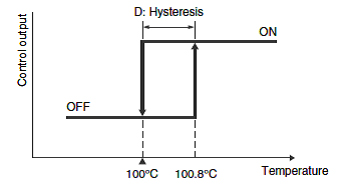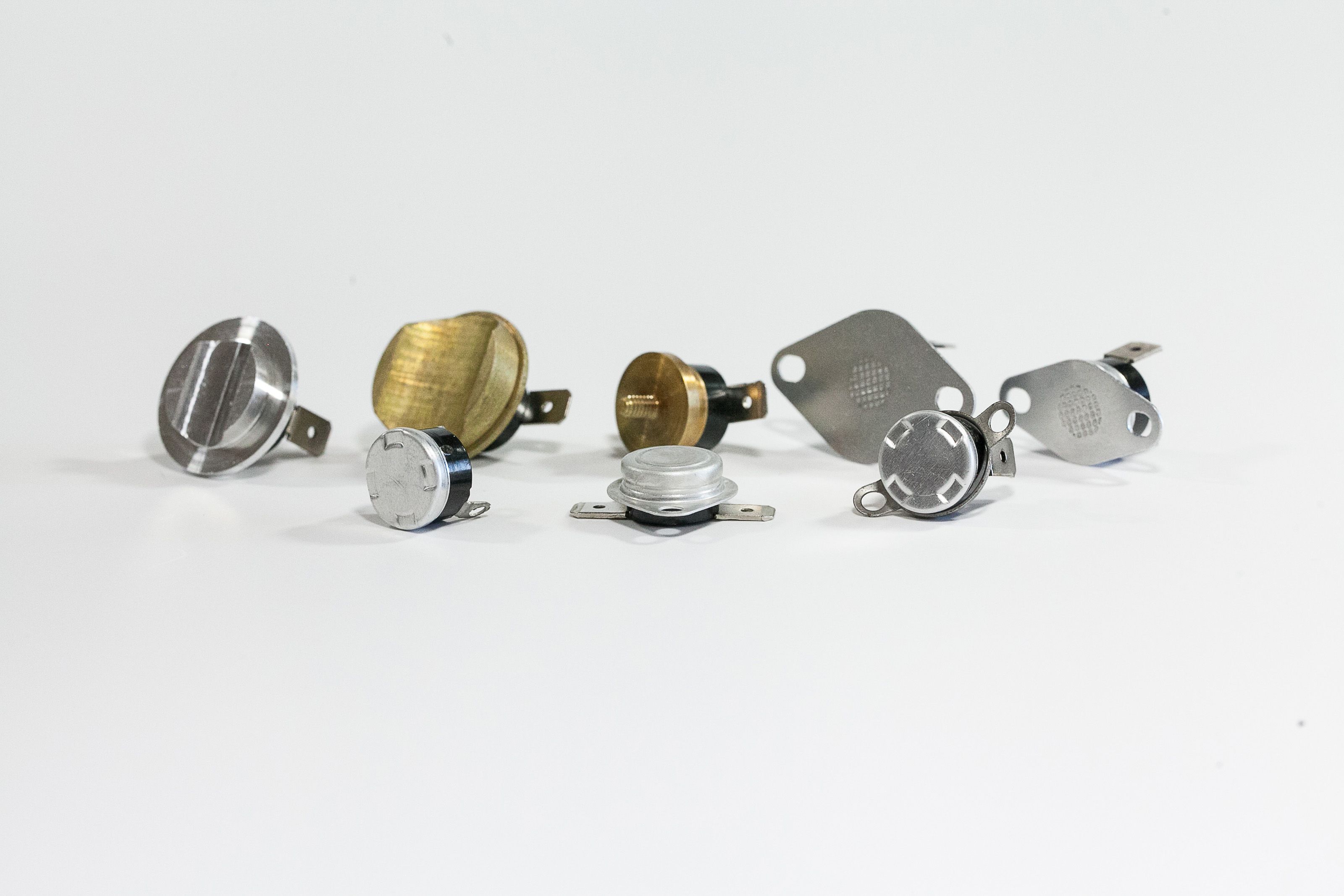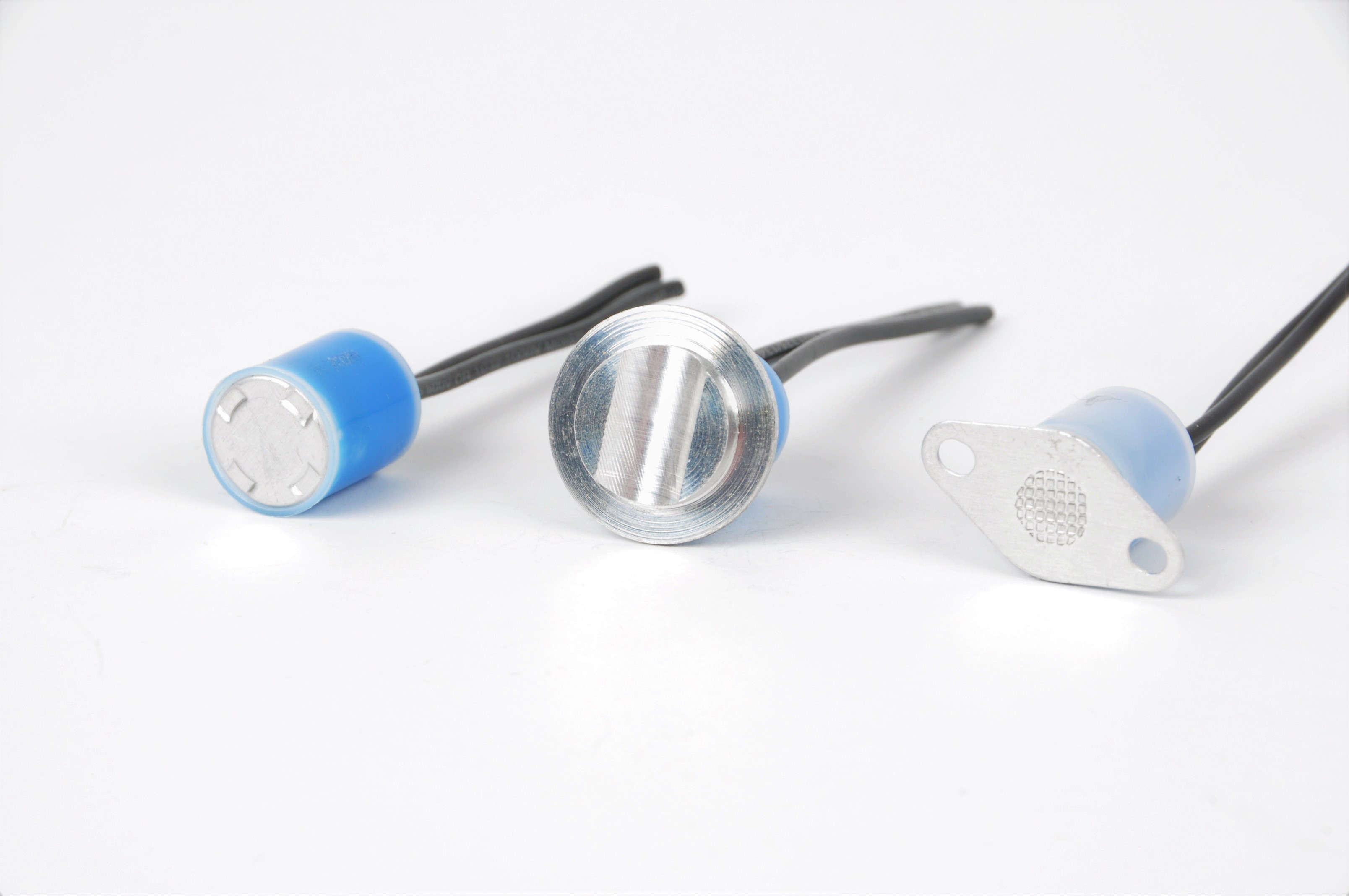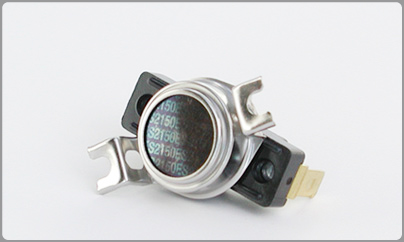Snap disc thermostats, also known as snap action thermostats or bimetallic thermostats, are widely used due to their reliability and cost-effectiveness. One critical aspect to consider when selecting a snap disc is the thermostats differential. To learn more about the Senasys line of Snap Disc Thermostats, click here.
What is a Differential?
In the context of thermostats, a differential, also referred to as a temperature differential or hysteresis, is the temperature range between the thermostat’s switch-on and switch-off points. More simply put, it is the difference in temperature at which the thermostat turns on and off to maintain a stable temperature in the controlled system.
How Does a Differential Work?
To understand the operation of a differential, it’s essential to understand the basic working principle of a snap disc thermostat. Inside the thermostat is a bimetallic disc composed of two different metals with varying coefficients of thermal expansion. When the temperature changes, the bimetallic disc bends, and at a certain temperature, it reaches a critical point where it snaps from its convex to concave shape or vice versa.
When a switch changes states, from Open to Closed for example, the point at which it resets to Open, or the original state, will not be exactly at the original point. The difference between those two points is the differential.
Example: temperature switch closes the contact at a set point of 50°F on temperature rise. The switch does not return to open the contacts until 46°F when the temperature falls, the differential is 4°F. If you want that switch to operate at a temperature of 50°F on temperature Rise it would be set at a different point than if you wanted it to operate at 46°F temperature Falling. This is why it is important to understand ON RISE and ON FALL and Differential.

The switch-on temperature is commonly referred to as the “cut-in” temperature, while the switch-off temperature is known as the “cut-out” temperature. The temperature differential is the temperature gap between these two points.
What Determines the Differential?
The bending or warping of the bimetallic disc is what determines the differential of the snap disc thermostat. The differential refers to the temperature range between when the thermostat turns on (closes the electrical circuit) and when it turns off (opens the electrical circuit).
Here’s how it works:

- Set point temperature: The snap disc thermostat is designed to operate at a specific temperature called the set point. When the temperature in the controlled environment reaches the set point, the bimetallic disc will be in its neutral position.
- Differential: The snap disc thermostat is calibrated to have a specific differential. This is the temperature difference between the set point and the temperature at which the thermostat will either close or open the electrical circuit.
Importance of Differential in Snap Disc Thermostat Differentials
- Prevents Short Cycling: A well-chosen differential is crucial for avoiding short cycling, a situation where the thermostat switches on and off rapidly due to narrow temperature bands. Short cycling can cause excessive wear on the thermostat, reduce its lifespan, and lead to energy inefficiency. A proper differential ensures that the thermostat remains stable, reducing wear and tear and saving energy.
- Enhances Temperature Control Precision: The differential directly affects the temperature stability within the controlled system. A smaller differential results in more precise temperature control, as the thermostat switches on and off in closer proximity to the target temperature. On the other hand, a wider differential might lead to larger temperature fluctuations, which may not be suitable for applications requiring tight temperature regulation.
- Adapting to Specific Applications: Different applications have varying temperature control requirements. For instance, in HVAC systems, a narrow differential may be preferred to maintain consistent indoor temperatures. In contrast, some industrial processes might demand a wider differential to accommodate temperature variations without frequent cycling.
- Prevents Rapid Wear and Tear: Snap disc thermostats are mechanical devices with a finite lifespan. A well-matched differential ensures that the bimetallic disc undergoes fewer stress cycles, resulting in reduced mechanical wear and prolonging the thermostat’s longevity.
When selecting a snap disc thermostat, the differential is a critical factor to consider. A properly chosen differential ensures precise temperature control, prevents short cycling, adapts to specific applications, and reduces wear and tear on the thermostat. Understanding the importance of the differential empowers users to make informed decisions when choosing the right snap disc thermostat for their needs, leading to improved system efficiency and longevity.



